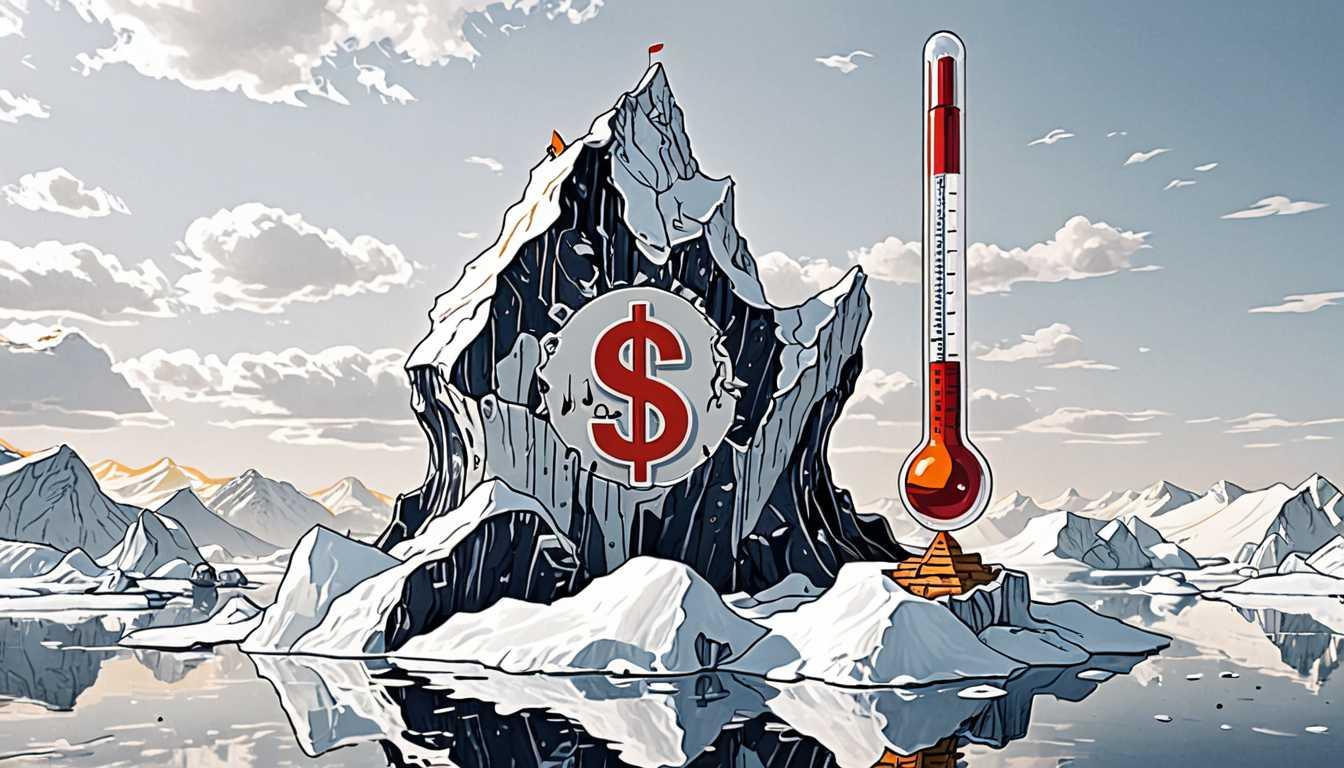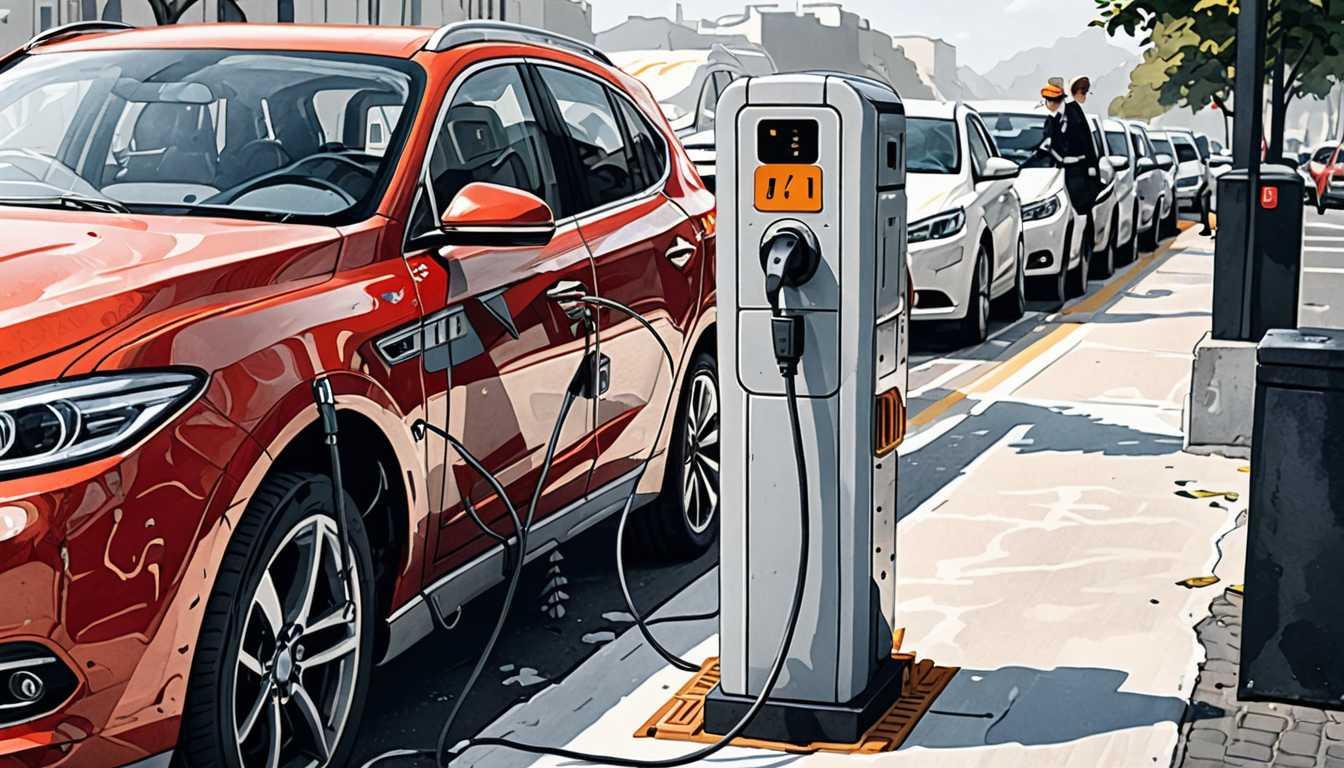Energy Poverty: A Southern Heatwave?
October 2024
MIT News
Introduction
Hey there, curious minds! Did you know that many Americans are grappling with “energy poverty,” especially in the South and Southwest? An MIT study reveals a shift from heating to cooling as temperatures rise, leaving households struggling with energy bills. Even federal aid isn't keeping pace! The research shows that more folks are feeling the heat (literally) as air conditioning becomes a must-have. Dive into this thought-provoking article from MIT News to learn how climate change is reshaping energy needs!
READ FULL ARTICLEWhy It Matters
Discover how this topic shapes your world and future
Powering Up the Conversation on Energy Inequality
Understanding the dynamics of energy usage in the U.S. is crucial, especially as climate change alters our environment and daily lives. The recent study highlights a shift in energy burden—how much of a household's income goes toward energy costs—showing that many families, particularly in the South and Southwest, are increasingly struggling to afford air conditioning in the face of rising temperatures. This issue isn't just a local concern, it has global implications as energy poverty becomes a pressing challenge worldwide. By exploring the relationship between climate change, energy needs, and federal support programs like LIHEAP, we can appreciate how interconnected our world is. The study underscores the importance of adapting policies to ensure that everyone can access essential energy resources without facing financial hardship, which is something that affects communities everywhere, including your own.
Speak like a Scholar
Energy Burden
The percentage of a household's income spent on energy costs. A high energy burden means families are spending a lot of their income just to keep their homes powered.
Energy Poverty
A condition where a household spends more than 6% of its income on energy needs, making it difficult to afford other necessities.
Climate Change
Long-term changes in temperature and weather patterns, largely driven by human activities, which can lead to extreme weather conditions, such as hotter summers.
Subsidy
Financial assistance given by the government to help lower the cost of essential services, like energy, for those in need.
Machine Learning
A technology that enables computers to learn and make decisions based on data, helping researchers analyze large datasets more effectively.
Geographic Distribution
The way something (like energy needs or funding) is spread out across different locations, which can affect how resources are allocated.
Independent Research Ideas
The Impact of Climate Change on Energy Consumption Patterns
Investigate how rising temperatures influence energy needs in different regions and how that affects people's daily lives. This topic is interesting because it connects environmental science with economics.
Comparative Analysis of Energy Assistance Programs
Examine how different countries address energy poverty and what strategies are successful or not. This will reveal innovative solutions and global perspectives on energy equity.
Urban vs. Rural Energy Needs
Explore the differences in energy burden between urban and rural households. Understanding these disparities can lead to targeted policies that address specific community challenges.
The Role of Technology in Reducing Energy Costs
Research how advancements in technology, such as smart home devices or renewable energy sources, can help lower energy expenses for families. This topic is engaging as it combines technology, sustainability, and economics.
Climate Justice and Energy Policy
Delve into the concept of climate justice and how energy policies can be structured to ensure fair access for all communities, especially marginalized ones. This area of study is vital for understanding social equity in the face of environmental changes.
Related Articles

Cutting Costs: How Households Save Energy
January 2025
MIT News

Willing to Pay for Clean Air?
September 2023
London School of Economics (LSE)

Climate Change: The Economic Wake-Up Call
August 2024
Harvard Gazette

EV Tax Credits: Green Light or Red Flag?
October 2024
UC Berkeley NewsCenter

Carbon's True Cost: A Climate Wake-Up
September 2022
UC Berkeley